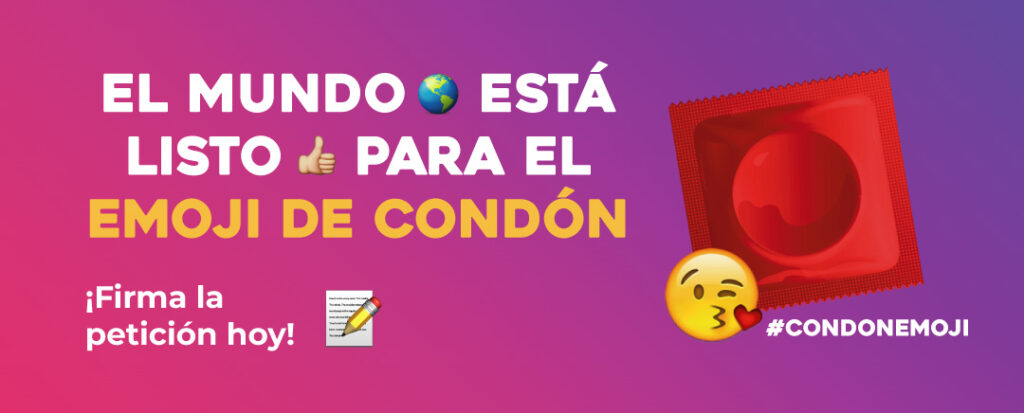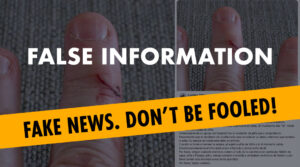About half of the people in the world today are active on social media and the number is only growing. While this was the tendency already, the COVID19 pandemic is pushing us to communicate to others constantly in a dynamic and fast way. Just like languages are always evolving, emojis have emerged as shortcuts to transmit emotions and desires.
They are in every single of the 16 billion devices in the world today and provide a consistent and reliable toolkit to convey messages. While they are very effective, they are not necessarily democratic. These are supposed to represent those things that are common to all humankind: facial expressions, animals, food, clothing, activities and a long etcetera. Yet, just like in the non-digital world, sex is still a taboo and the emoji collection does not have an acurate way to engage into a sex conversation, even less safe sex.
It’s been almost 39 years since HIV was discovered, and only since 2015, there have been 3.5 million infections and 820 thousand aids-related deaths. COVID19 has delayed the global efforts of HIV prevention in the world, but also, it has reminded us that viruses are not static and ever evolving. Most recently, a new variant of HIV that causes a rapid decline in immune system strength has been identified, making people more vulnerable to developing aids.
We must not forget that while we face new challenges, we have not defeated old enemies. On this matter, condoms are considered the most effective and cheapest interventions in the HIV and sexually transmitted infections (STIs) prevention and they are also one of the most effective ways to avoid unintended pregnancies.
Since the youth are at the highest risk of HIV and STIs infections as well as unintentionally getting pregnant, AHF has found that nearly half of sexually active young adults do not use a condom during sex with first-time partners, and 10% of sexually active 16-24 year-olds have never used a condom at all.
It is very noticeable that the way people communicate about sex has a direct impact on protected sex. With billions of social media users in the world today and sex still being a taboo topic, users heavily relly on emojis to convey sexual meanings such as an that denotes a penis, a represents a vagina, and even more so, combinations such as, or and are frequently used.
Over 90% of online consumers use emojis for various purposes, but interestingly, these work as shortcuts to communicate sentiments, desires and to even “say” those things we don’t want to say or type in text. And it’s here where we see a gap in the emoji repertoire to communicate about protected sex. We firmly believe that a condom emoji can be a powerful tool to communicate effectively around sex but conditioned to protection for oneself and for others.
At AHF, we want to lead the way to have a condom emoji created, we think the world needs it and deserves it!
AHF is starting the process to submit a request the creation of such emoji, that, as our surveys indicate, would ease the conversations for demanding sexual partners to use a condom without being shy.
We are sensitive about the social stigma that still surrounds the condom conversations, and we see in the condom emoji a micro-safe space for expressing baseline rules for sexual engagement, for having fun and stiill be responsible and stay safe.
With the condom emoji we want: 1. people to communicate effectively, 2. to look after ourselves and others and 3. feel safe when engaging in such conversation.
Join us at https://condomemoji.org/ to make it happen. Sign here our change.org petition!






